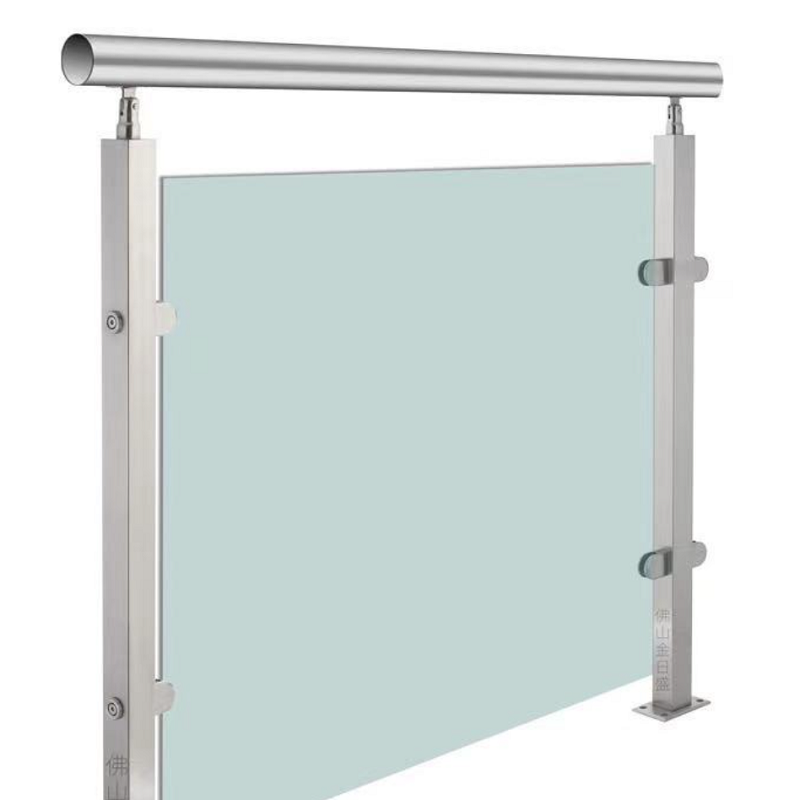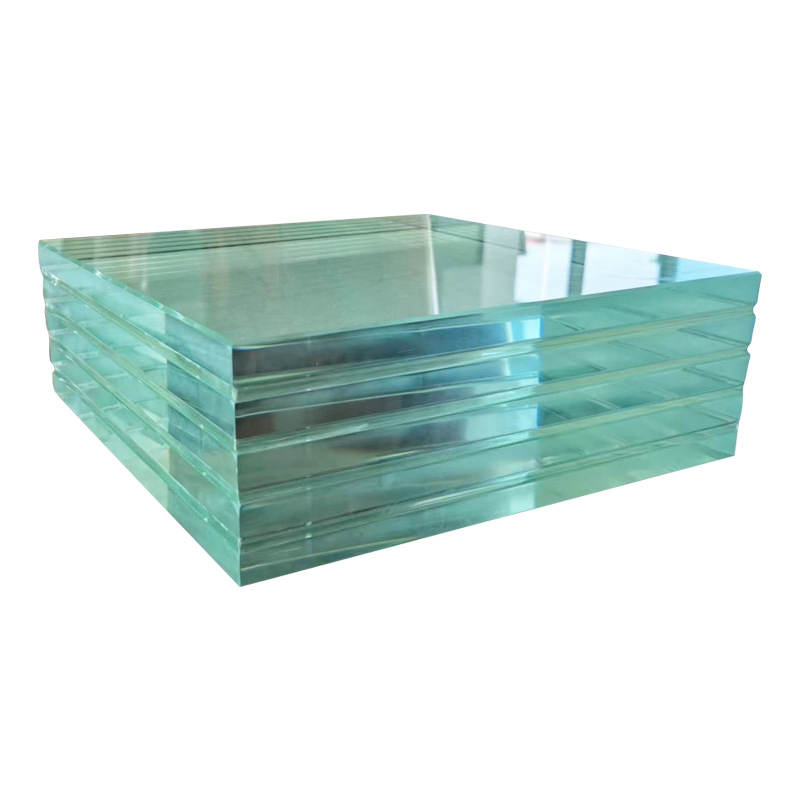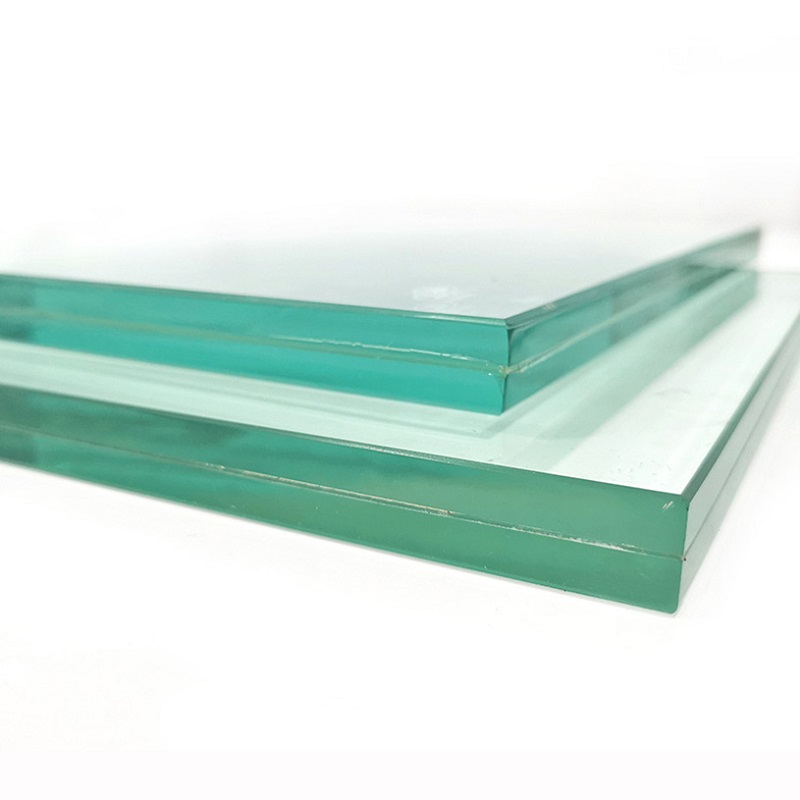As the construction industry moves towards more sustainable practices, the development of smart glass stands as a testament to innovation and environmental responsibility. This cutting-edge glazing technology is set to redefine the standards of green building design by offering dynamic control over natural light and heat, contributing to energy savings and occupant comfort.
1. Smart Glass: Beyond Conventional Glazing
Smart glass, or switchable glass, is an innovative material that can change its opacity on demand. Unlike traditional glass, it uses minimal electricity to transition between clear and frosted states, providing privacy and light control. This technology is poised to transform the way architects and designers approach building envelopes, prioritizing both aesthetics and functionality.
2. Advanced Features of Smart Glass
The latest advancements in smart glass technology include integration with building automation systems. These "smart" features enable the glass to respond to external conditions, such as sunlight intensity, and internal factors like occupancy levels. This responsiveness not only optimizes energy use but also enhances the indoor environment by reducing glare and heat gain.
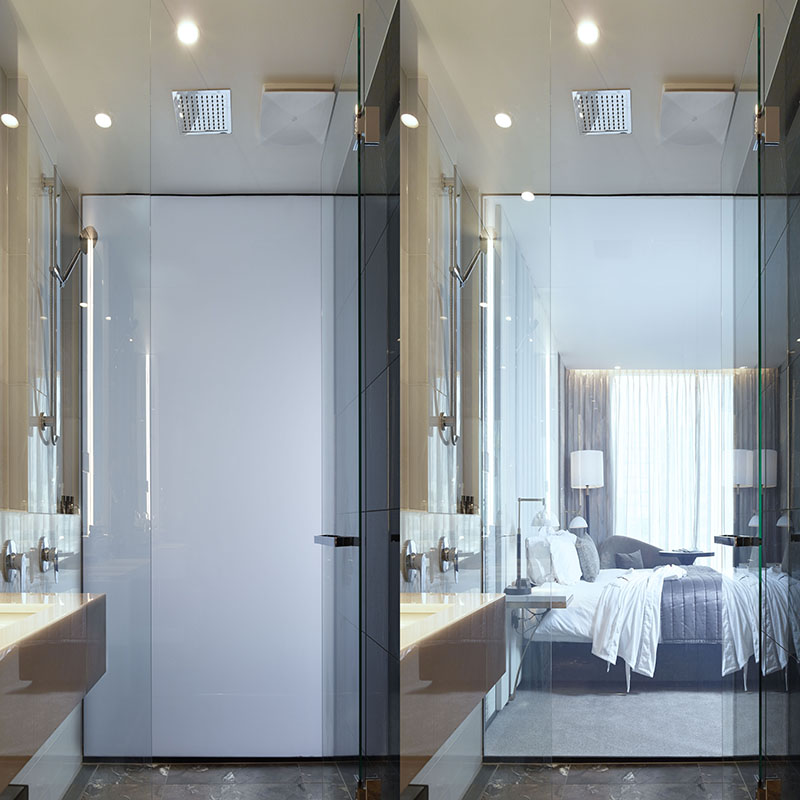
3. Case Studies: Smart Glass in Action
Notable projects like The Edge in Amsterdam and the Bloomberg European Headquarters in London have showcased the potential of smart glass. These buildings utilize smart glass to create dynamic facades that adjust in real-time, resulting in significant reductions in energy consumption for lighting and climate control.
4. Addressing the Market's Needs
Smart glass addresses the growing demand for energy-efficient buildings. It aligns with green building standards such as LEED and BREEAM, which emphasize the use of sustainable and energy-saving materials. As environmental regulations become more stringent, the adoption of smart glass is expected to rise in new construction and retrofit projects.
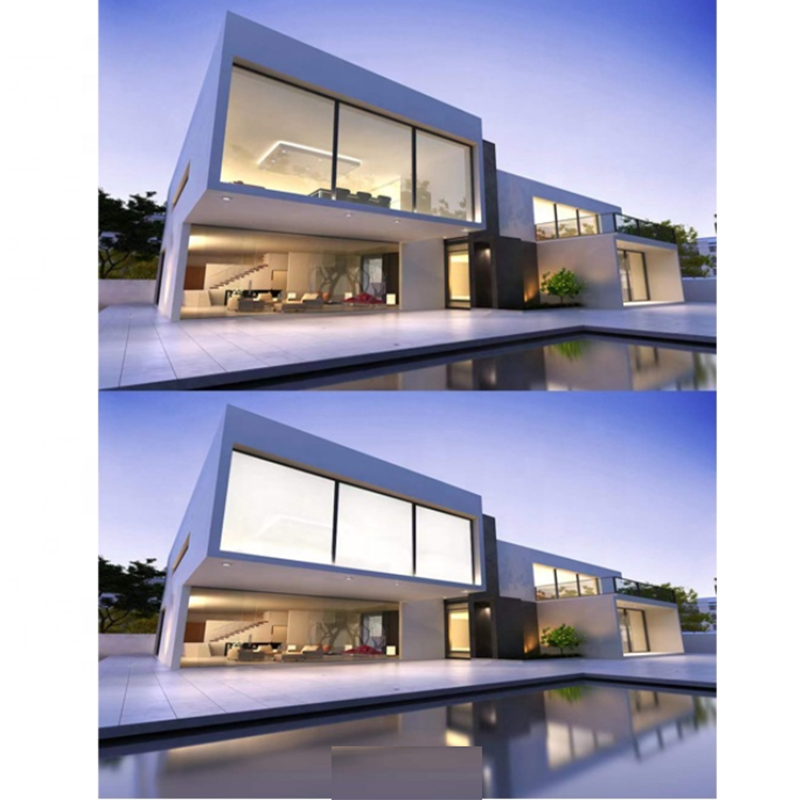
5. Overcoming the Challenges
While the benefits of smart glass are clear, challenges such as initial cost and market awareness remain. To overcome these, manufacturers are focusing on cost reduction through Scale production and raising awareness through education and demonstration projects. Early adopters are already realizing the long-term value of smart glass investments through reduced operational costs.
6. The Path Forward
The future of smart glass is bright, with ongoing research aimed at improving its performance and reducing costs. Developments in materials science and nanotechnology are expected to yield new generations of smart glass with enhanced capabilities, such as self-healing properties and the integration of photovoltaic cells.
Conclusion
Smart glass is more than a product; it's a symbol of the construction industry's commitment to sustainability and innovation. As the market matures and technology advances, smart glass will play a pivotal role in the creation of high-performance, energy-efficient buildings that are not only good for the environment but also for the bottom line.


